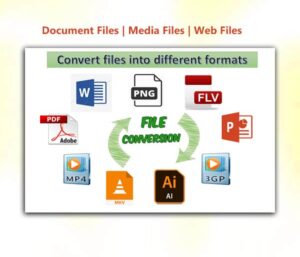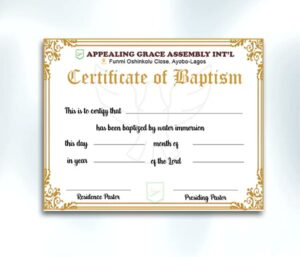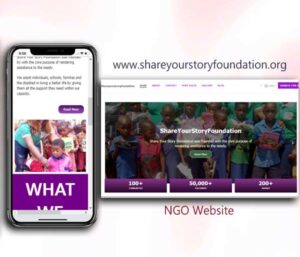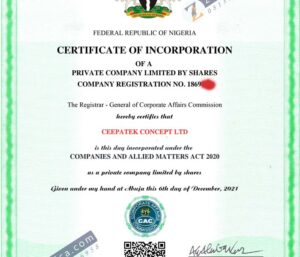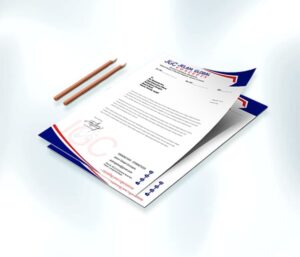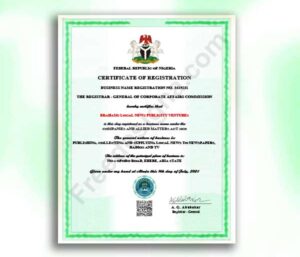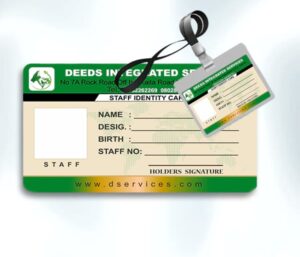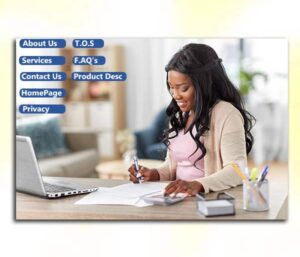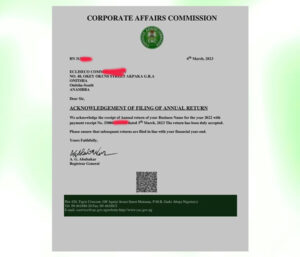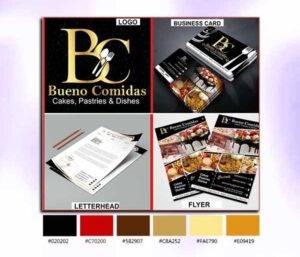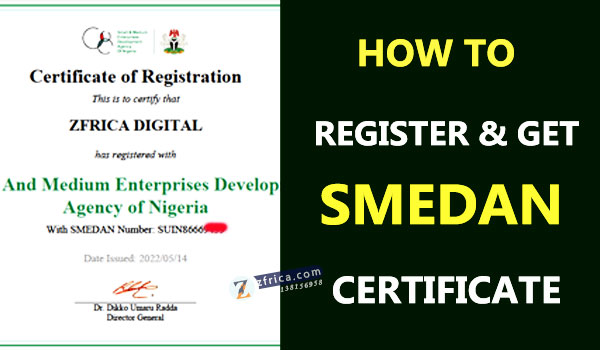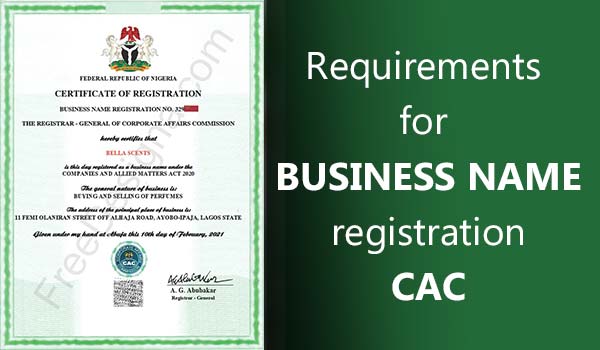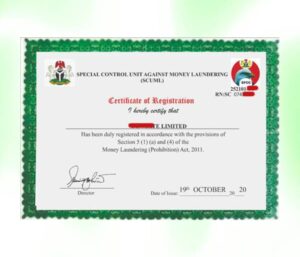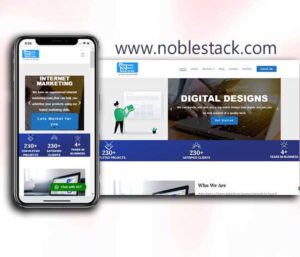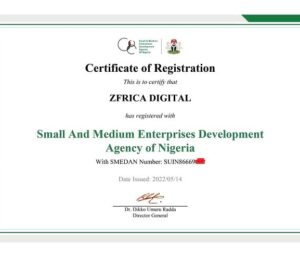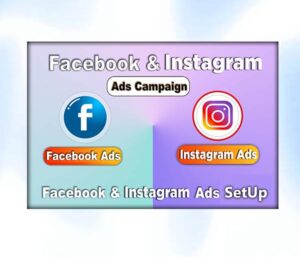
Introduction
In the dynamic world of business, the ability to effectively communicate your value proposition is paramount. This is where a well-crafted business proposal becomes a game changer. A business proposal is not just a mere formality; it’s a powerful tool to get business funding and win over new clients and expand your professional horizons.
In this guide, we’ll walk you through the essentials of writing a business proposal that not only captures attention but also persuades your potential clients of the unique benefits your services or products offer. By mastering this skill, you’ll be able to open doors to new opportunities and foster growth for your business.
Understanding the Purpose and Audience
Before diving into the creation of your business proposal, it’s crucial to understand its core purpose and the audience it’s intended for. The goal of your proposal isn’t just to sell a product or service, but to communicate how your offering is the ideal solution to your client’s specific needs.
Identifying Your Audience: Start by researching your potential client. Understand their business model, challenges, and market environment. This knowledge will allow you to tailor your proposal, making it more relevant and impactful.
Defining the Objective: Clearly outline what you hope to achieve with this proposal. Are you trying to solve a problem for the client, introduce a new product, or propose a partnership? This clarity will guide your writing, ensuring that every part of the proposal aligns with this goal.
Audience-Specific Tailoring: Customize your proposal to speak directly to your audience. Use language and examples that resonate with them. If you’re addressing a tech company, focus on innovation and efficiency. For a retail business, emphasize customer experience and market reach.
Our Top Selling Services
Addressing Client Needs: Demonstrate a deep understanding of the client’s needs. Show that you have not only identified their challenges but also thought about how your offering provides the best solution. This requires not just stating what you offer, but how it specifically benefits them, creating a connection between their needs and your services.
Structuring Your Proposal
To effectively structure your business proposal, follow these detailed steps:
- Executive Summary: This is your opening pitch. It should capture the essence of your proposal, outlining the main value you’re offering. Be concise, yet impactful, ensuring it grabs attention and highlights the benefits succinctly.
- Problem Statement: Clearly define the problem or need your client faces. Use simple, direct language to describe how this issue affects their business. This section should resonate with the client, showing you understand their challenges deeply.
- Proposed Solution: Here, detail how your services or products will address the client’s problem. Outline the specific approach, methods, or technology you will use. Be clear about the outcome and how it benefits the client, using evidence or case studies to strengthen your proposition.
- Cost Breakdown: Present a transparent and detailed breakdown of costs. This section should include pricing for each element of your solution. Ensure clarity to avoid any future misunderstandings or surprises.
- Timeline: Outline a realistic timeline for the project. Include key milestones and deadlines. This demonstrates your organizational skills and commitment to meeting targets.
- Qualifications: Conclude with why you’re the best choice for this project. Highlight your expertise, previous successful projects, and unique strengths. This builds credibility and trust with the client.
Crafting Your Message
When crafting the message of your business proposal for funding your business, the key is to communicate your value proposition clearly and persuasively. Start by identifying the core problem or need of your potential client. This shows that you understand their situation and have tailored your proposal to them.
Next, present your solution. Describe how your services or products will address their specific challenges or goals. Be concise but thorough in explaining the benefits and how they align with the client’s objectives.
Use compelling language, but avoid jargon. Your goal is to make the reader see your solution as the obvious choice. Support your claims with data or examples where possible, to add credibility.
Lastly, anticipate any potential objections or questions they might have and address them proactively in your proposal. This demonstrates foresight and thoroughness, further solidifying your position as the best choice.
This section should be a blend of informative and persuasive writing, providing clear, specific details while also making a compelling case for your business
Designing Your Proposal
The design of your business proposal plays a crucial role in capturing and maintaining the interest of your potential clients. Here’s how you can ensure your proposal is visually appealing and professional:
We recommend this for you
- Choose an Appropriate Layout: Start with a clean and simple layout. Use headers and bullet points for easy navigation. Remember, the layout should enhance the readability, not distract from the content.
- Consistent Branding: Incorporate your company’s color scheme, logo, and fonts. This not only looks professional but also helps in brand recognition.
- Use of Visuals: Where applicable, use charts, graphs, and images to represent data or explain concepts. Visuals can make complex information more digestible.
- Readability: Ensure the font size and style are easy to read. Avoid cluttering the page; leave enough white space.
- Proposal Software Tools: Consider using proposal software tools for a more polished look. These tools offer templates and design options that can save time and elevate the overall presentation.
- Final Check: Before finalizing, view your proposal on different devices to ensure compatibility and visual consistency.
Remember, a well-designed business proposal aimed at winning that funding should reflect professionalism and attention to detail of your business, significantly contributing to the first impression you make on your prospective clients.
Proofing and Revising
Proofing and revising your business proposal is crucial to ensure its effectiveness. Here’s how:
- Initial Review: Start by reading through your proposal for clarity and coherence. Ensure that your argument flows logically and that your solution aligns well with the client’s needs.
- Check for Errors: Pay special attention to grammar, spelling, and punctuation. Even minor errors can detract from the professionalism of your proposal.
- Feedback: Seek feedback from a colleague or mentor. They can provide a fresh perspective and may catch issues you’ve overlooked.
- Revise for Persuasiveness: Incorporate the feedback and focus on strengthening your argument. Make sure your proposal is persuasive and compelling, highlighting the benefits of your solution.
- Final Review: Do a final read-through. Ensure that the proposal is not just error-free, but also aligns with the client’s requirements and expectations.
- Formatting and Design: Ensure the design and format are consistent throughout the document. A well-presented proposal reflects your attention to detail and professionalism.
In conclusion, crafting an effective business proposal is a major key to winning that funding more, clients and growing your business. The goal is to create a proposal that is not only free of errors but also effectively communicates your value proposition in a clear and compelling manner.
